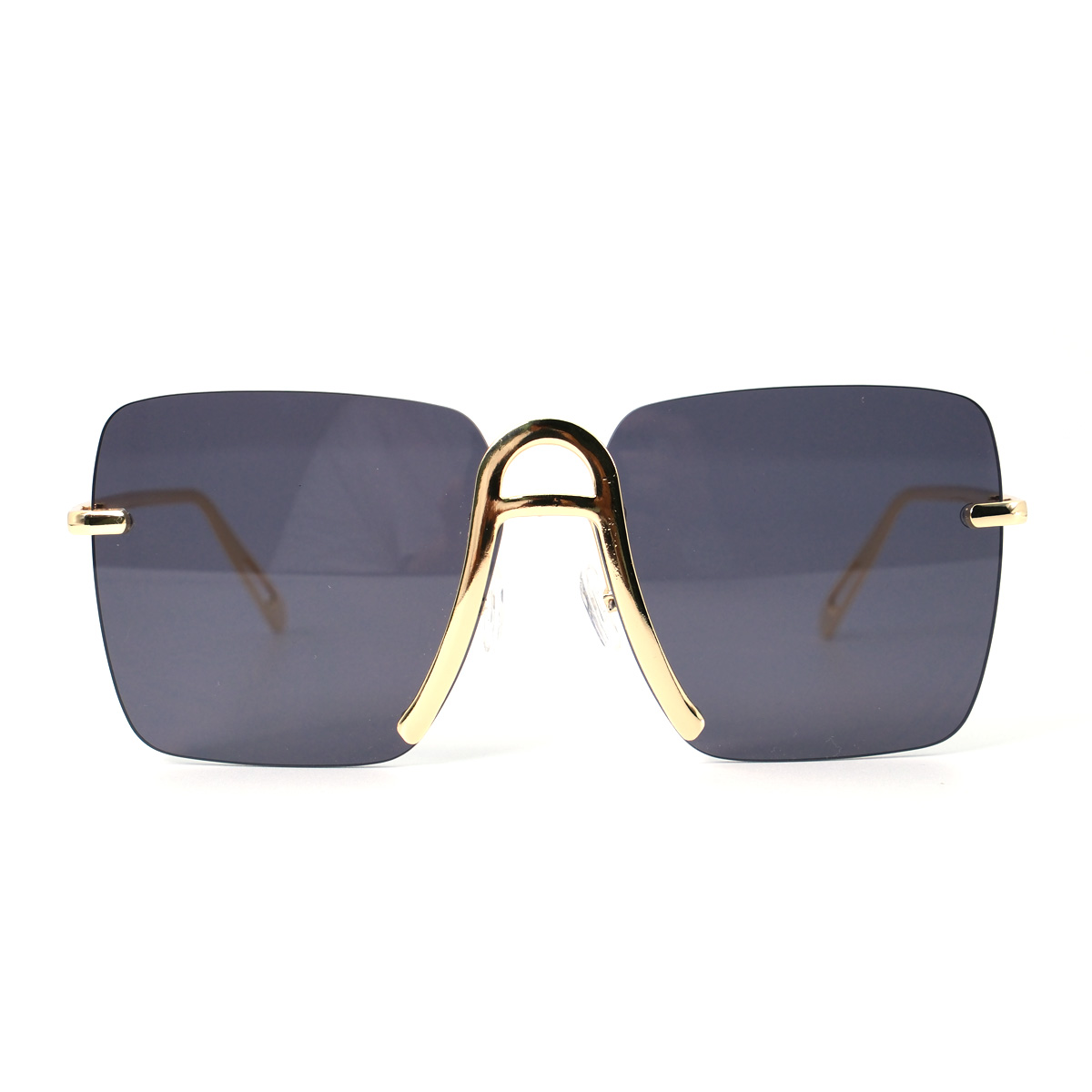What color sunglasses are good_What color sunglasses are good for eyes
Title: What Color Sunglasses Are Good for Eyes? Choosing the Right Lens Color for Eye Protection and Visual Comfort
Sunglasses are not just a fashion accessory; they play a crucial role in protecting our eyes from harmful ultraviolet (UV) rays and reducing glare. When selecting sunglasses, the lens color is an important factor to consider. In this article, we will explore the different lens colors available and their impact on eye protection and visual comfort. By understanding the characteristics of various lens colors, you can make an informed decision when choosing sunglasses that offer optimal eye care.
1. The Role of Lens Color:
Lens color goes beyond aesthetics; it can affect how we perceive and experience the world while wearing sunglasses. Different lens colors influence the amount and type of light that reaches our eyes, which impacts both eye protection and visual comfort.
2. Gray Lenses:
Gray lenses are a popular choice for sunglasses due to their neutral tint. They provide true color perception and reduce overall brightness without distorting colors. Gray lenses are suitable for various light conditions and offer excellent glare protection, making them a versatile option for everyday use.
3. Brown/Amber Lenses:
Brown or amber lenses are known for enhancing contrast and depth perception. They are particularly useful in low-light conditions, such as early morning or late afternoon, as they provide better visibility and improve clarity. Brown lenses are also effective in reducing glare, making them suitable for outdoor activities like driving, golfing, and fishing.
4. Green Lenses:
Green lenses offer a balance between color perception and contrast enhancement. They provide good visual clarity and reduce glare, making them suitable for a wide range of outdoor activities. Green lenses are particularly useful in bright light conditions and can be a preferred choice for those who spend a significant amount of time in sunny environments.

5. Blue/Gray-Blue Lenses:
Blue or gray-blue lenses are primarily chosen for their fashion appeal, but they also offer adequate UV protection. However, they may not provide the same level of contrast enhancement or glare reduction as other lens colors. Blue lenses are more suitable for fashion purposes rather than intense outdoor activities or prolonged sun exposure.
6. Yellow/Orange Lenses:
Yellow or orange lenses are designed to enhance depth perception and contrast in low-light conditions. They are commonly used in sports such as skiing, shooting, and cycling, where precise visual acuity is crucial. Yellow lenses can also improve visibility in foggy or hazy environments.
7. Mirrored Lenses:
Mirrored lenses have a reflective coating on the external surface, which helps reduce the amount of light entering the eyes. They provide additional glare reduction and are often preferred by individuals who spend ample time in highly reflective environments, such as snow or water. Mirrored lenses are available in various colors, including silver, blue, and gold.
8. Polarized Lenses:
While not a specific lens color, polarized lenses deserve mention as they offer unique benefits for eye protection. Polarized lenses reduce glare by blocking horizontally polarized light, providing enhanced visual comfort and clarity. They are particularly useful for activities like driving, fishing, and water sports, where glare from reflective surfaces can be intense.
9. Personal Preference and Activities:
When choosing sunglasses, personal preference and the activities you engage in should guide your decision. Consider the lighting conditions and the specific visual needs of your intended activities. If you are unsure, consulting with an eye care professional can help you determine the most suitable lens color for your needs.
Conclusion:
Selecting the right lens color for sunglasses is essential for eye protection and visual comfort. Gray lenses offer a neutral tint and are suitable for various light conditions. Brown lenses enhance contrast and depth perception, while green lenses strike a balance between color perception and glare reduction. Blue lenses have fashion appeal but may not provide the same level of contrast enhancement. Yellow lenses are beneficial for low-light conditions, and mirrored lenses provide additional glare reduction. Polarized lenses offer excellent glare reduction and visual clarity. By considering your personal preferences and the specific activities you engage in, you can choose sunglasses with the ideal lens color to ensure optimal eye care and visual experience.
